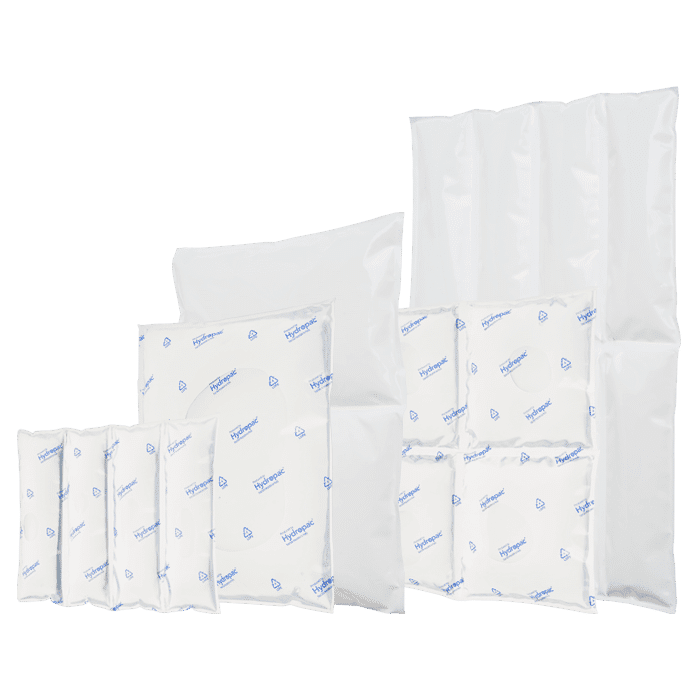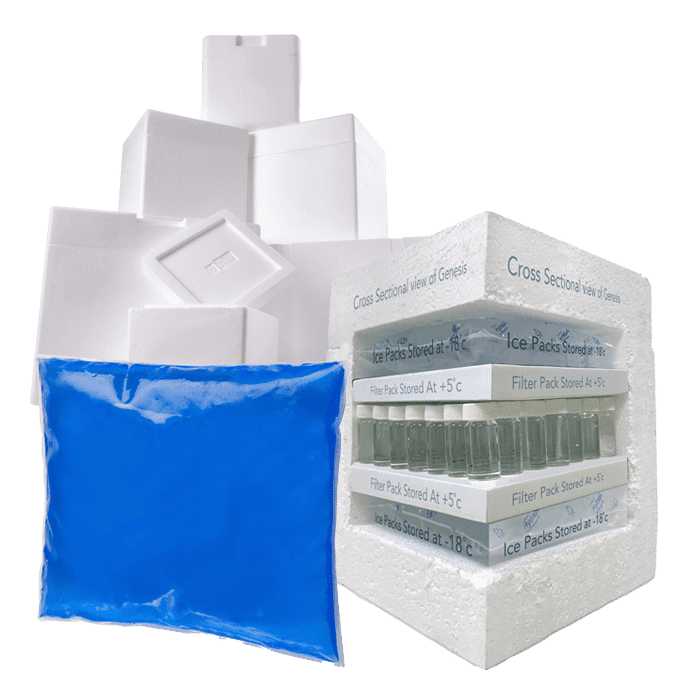How digital printing has developed
Digital printing has developed quickly over the last two decades, with early printing presses first hitting the market in the 1990s. From small beginnings came a transformation in the printing world, as customers could then choose personalised, high quality and short run prints on a range of products. Since the launch of the first digital press in 1993 (named ‘Indigo’), the industry has grown exponentially. HP invested $100m in Indigo in 2000, then acquired the remaining shares a year later for $629m. Under HP’s direction, digital printing equipment fast became both desirable and expected for both home and business use.
Some key dates
- Early-Mid 1980s – Black and white laser printers first introduced to offices and commercial environments. A number of companies got in on the act, including HP, Apple and IBM.
- Late-1980s – Desktop publishing software launched, the first of which was the PageMaker program by Aldus (later purchased by Adobe). This type of program allowed offices to create and print files cheaply, making any edits inhouse as required. However, the print costs remained expensive, as many companies could not afford to own commercial print equipment inhouse.
- 1985 – Canon release the BJ-80 printer, which was the first to use Bubble Jet technology. This used heat to form a bubble of ink inside the nozzle and then expel it at high speed onto the paper. Bubble Jet printers are still available today.
Custom chilled solutions for you
Hydropac offers every customer a customized solution for chilled and conditioned shipping. For example, we help a customer with limited freezing capacity to deliver gel packs frozen and ready to use, and we can manufacture almost all shapes and sizes of cooling elements. As a customer, you come first: we are here to help you.
- 1988 – HP launched an inkjet for home users – the original HP DeskJet, which retailed at $1k. These weren’t without their share of problems, however, including clogged nozzles, ink flow and ink efficiency and was soon followed by the Deskjet Plus in 1989 and the DeskJet 500 in 1990, both of which aimed to solve these issues plus offer new features including faster print speeds and landscape printing. All of these offered black and white print options only.
- 1993 – the first colour laser printer was introduced – the ColorScript Laser 1000. It was really only viable for office use as it retailed at a staggering $12,499 at launch. this was soon followed by the Apple rival (of course, who else!); the LaserWriter, which was a (little) more affordable at $7k. As an aside, a used ColorScript Laser 1000 printer, originally priced at $12, 499, can now be bought on eBay for €145 ($159/£131). That’s depreciation for you!
- 1996 – 3D digital printers start to make their way to market, although only for commercial use. Z Corp, Stratasys and 3D Systems all released models in this year.
- 2003 – Kodak released the EasyShare LS633 camera, which could connect to the Kodak EasyShare Printer via a dock. This was the first printer/camera dock combination in the world.
- 2003 – also in 2003, HP introduced wireless printing for the Microsoft.NET Compact Framework and then Epson went one better, launching a wireless printer to the retail world.
- 2007 – hello inkless printing, thanks to ZINK imaging. These printers have to use ZINK consumables, however (i.e. paper, labels etc).
- 2010 – the digital printing market was valued at $85.2bn.
- 2011 – first 3D digital printer valued at under $1000 released by Roland DG, the iModela iM-01.
How it works
Digital printers
Sustainability Hydropac and CSR
Sustainability isn’t just a trend for us – it’s a promise. As we innovate, create, and lead, we keep our planet’s well-being at the forefront. With Hydropac, you’re not just preserving the quality of your cargo; you’re contributing to a healthier world.
Experience the power of sustainable temperature assurance with Hydropac – where excellence and environmental responsibility coexist for a brighter future.




